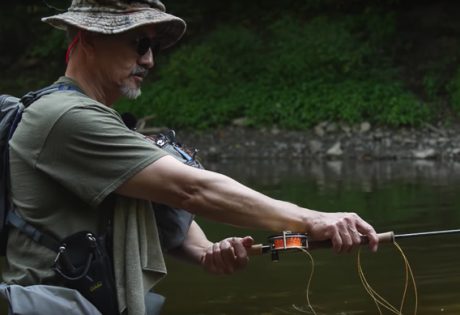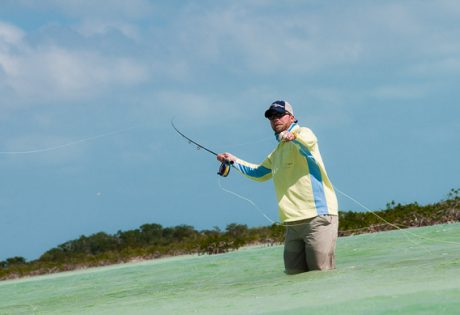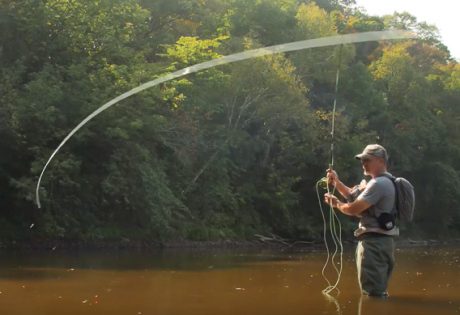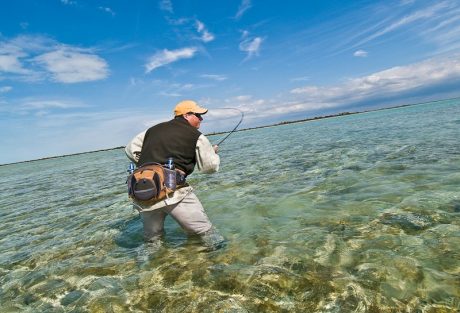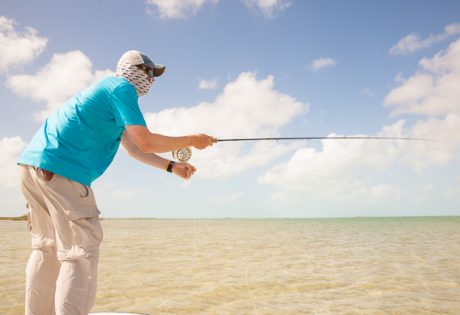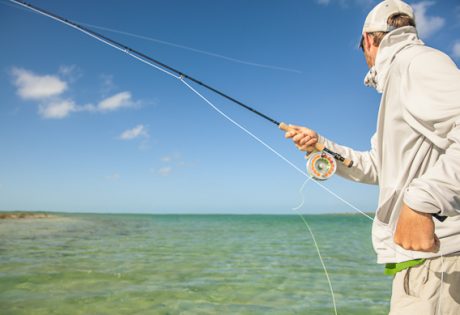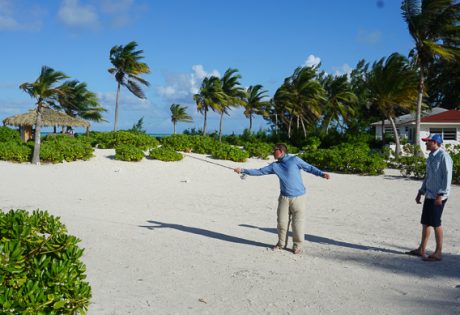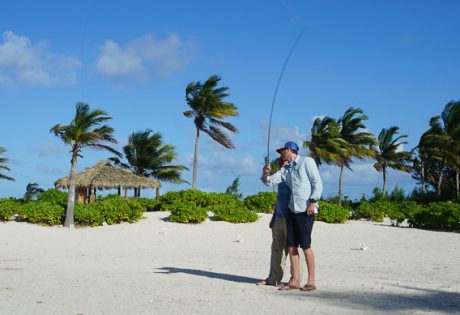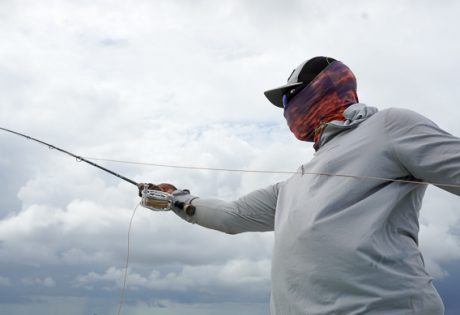Have you ever started off a day feeling great about your cast only to change runs and have it seemingly all fall apart? You’re blowing your anchor, failing to get your D-loop elevated off of the surface of water, or any other of the myriad of things that can go on while spey casting.. We…
Read More
casting
Ed Ward Skagit Casting Tip – Separating Planes (Video)
We’ll admit it, we’re casting nerds. Whether single or double handed, we love discussing the intricacies of fly casting. Luckily, we know many of you do too! With that in mind, the good folks from OPST and skagit casting legend, Ed Ward, are back with some more great skagit casting tips in video form. The…
Read More
Wind on Your Dominant Shoulder – Top 3 Casts
It’s no secret, excess wind is one of the most challenging variables to overcome when casting a fly rod.. Particularly on the flats. Many anglers fret the thought of having to deliver the fly directly into a stiff headwind, often practicing for hours into the wind in preparation of an upcoming trip. However, we find…
Read More
Ed Ward on the Perry Poke – OPST Video
When it comes to skagit-style spey casting, we think its safe to say that the Perry Poke is one of the most versatile casts an angler can have in his/her repertoire. That being said, its actually one of the least used casts we tend to see from guests at our lodges. Therefore, when Alaska West…
Read More
Better Backcast Presentations – Roundup
For the last five weeks we’ve been coming at you with some common faults and fixes on one of the most important casts in fly fishing; presenting the fly on the backcast. Today, we thought we’d present you with a handy roundup of all our posts on how to (and how not to) effectively deliver…
Read More
Better Backcast Presentations – Part 5: Forgotten Fundamentals
Today is our fifth and final post of our tip series on better backcast presentations. So far we’ve touched on techniques for increasing strength and power to the backstroke, the importance of staying square to track straight towards your target, how exaggerating your haul can help bend the rod the necessary amount on the backcast,…
Read More
Better Backcast Presentations – Part 4: Trajectory
We’re back again with part 4 of our blog series on better backcast presentations. Whether you’re stalking the flats or banging the banks, the ability to deliver the fly effectively on the backcast is a extremely valuable tool in nearly all avenues of fly fishing. Today we’re covering another one of the most common faults…
Read More
Better Backcast Presentations – Part 3: Haul Big
Today we continue on with our third installment of our Better Backcast Presentations series of posts where we cover some helpful tips and tricks for making more effective presentations, that’s right, on the backcast! Last week we talked about the importance of staying square while presenting the fly on the backcast. Before that, we touched…
Read More
Better Backcast Presentations – Part 2: Stay Square
We recently kicked off our series of posts dedicated to improving one of the most important casts on the flats; the ability to present the fly on the backcast. Last week we touched on bracing; a useful technique to add power to your backstroke when casting into heavy winds with big rods and/or wind-resistant flies….
Read More
Better Backcast Presentations – Part 1: Bracing
Presenting the fly on your backcast is one of the most important casts on the flats. Not only does it allow you to make effective casts without the need for the guide to adjust the boat, its also a great option for presenting the fly under one of the most difficult casting scenarios; casting with…
Read More

